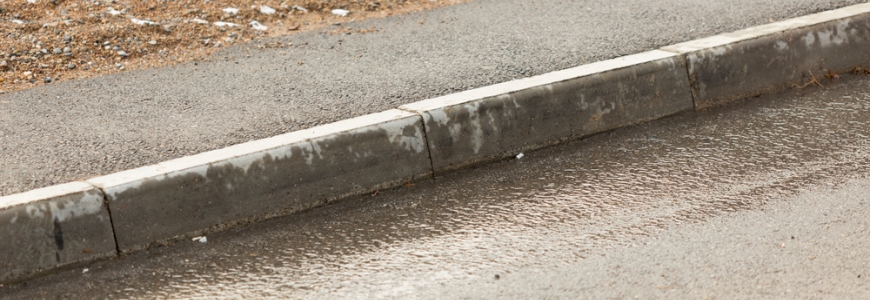
Sometimes, as in this case, people fall in the absence of any wrongdoing on the part of another. It is unfortunate, but it happens. Copeland J
Many times, when something bad happens, people are looking for someone to blame. However, sometimes, there is no one to blame. Sometimes, accidents happen. Accidents are defined as being an unfortunate incident that happens unexpectedly and unintentionally, typically resulting in damage or injury. If an unfortunate incident occurs, is there anyone to blame?
This was examined in the decision in Ali v. Smart REIT, a 2019 decision where the Plaintiff fell outside of a strip mall and claimed that it was due to an improper curb.
The Defendant mall owners brought a summary judgment motion for a determination that there was no breach of the standard of care and that the Plaintiff was unable to prove causation.
A summary judgment motion can be used for a determination of issues, without having to go through a trial. If one can prove that there is no genuine issue for trial, the matter can be decided using this means.
The Defendants argued that the curb that the Plaintiff tripped upon did not pose a foreseeable risk of harm, as it was not a hazard and was not an unreasonable risk to people attending at the plaza.
The curb in question curved down, to allow those in a wheelchair or using a stroller, to access the sidewalk. Although the curb was painted yellow after the accident, contrary to the Plaintiff’s submission, it was not found that the curb was altered structurally.
Furthermore, the Defendants had an expert’s report from an Engineer that concluded that the curb in question, was “like any other curb that one would commonly find in a parking lot as one steps from the road up onto the sidewalk. It was not a hazard.”
In response, the Plaintiff had as a witness, the manager of the drug store that she was attending, when her fall occurred. The witness stated that perhaps the curb should have been painted at the time of the accident.
After the accident, the curb was painted yellow. Interestingly, Copeland J held that the absence of the curb being painted did not cause the curb to fall below the standard of care.
I am sympathetic to the fact that the plaintiff fell and suffered injuries as a result. But a defendant is only liable for harm caused in a plaintiff’s fall if the defendant’s actions (or omissions) fell below the standard of care.
Accordingly, the Defendants were successful in demonstrating there was no genuine issue for trial.
In awarding costs to the Defendants, Copeland J stated that “the Plaintiff’s modest means should not deprive the Defendant for a reasonable and proportionate costs awards.” The Claim was for $750,000.00. Accordingly, partial indemnity costs were awarded for $17,500.00.
This case highlights the fact that just because an accident takes place, it does not mean that there is someone to blame. In order to be successful, one must show that the alleged wrongdoer breached the standard of care in not keeping the area reasonably safe for all.
